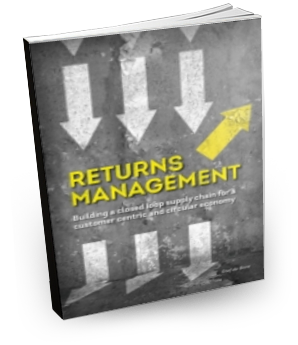ACADEMY
Introduction to Returns Management
Three global trends, direct-to-customer commerce, the subscription economy, and the circular economy all lead to product returns. Companies that sell products need to be prepared for product returns. On this page we explain the Why, How, and What about returns management. For more in-depth material you can also take this returns management course.
EBOOK
Get our free ebook on how you can level up your returns process
WHY
Returns management is important
- Customers have multiple reasons to return
- The reverse supply chain delivers stakeholders value
HOW
The supply chain should transform
- Companies need return cycles in their supply chain
- The reverse supply chain needs a business process
WHAT
Is needed to make this transition
- Implement a returns management process
WHAT
Is needed to make this transition
Learn more
12Return wants to contribute to a better understanding of the reverse supply chain and returns management.
